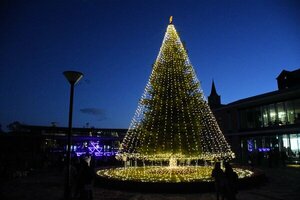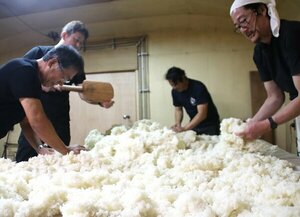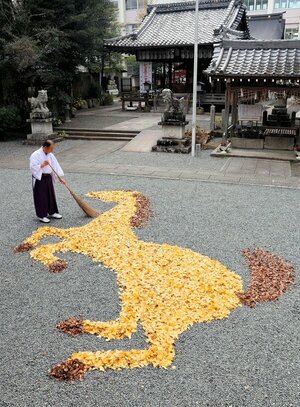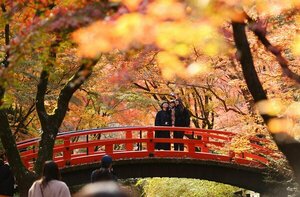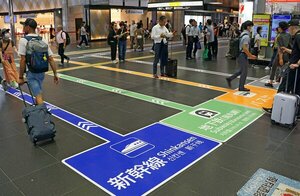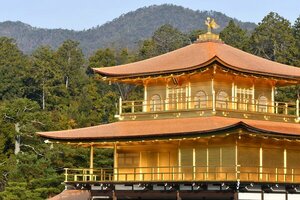An event introducing the latest technology and research results related to well-being, meaning mental, physical and social health, began on June 13, 2025 at Keihanna Plaza (Seika-cho, Kyoto Prefecture) in the Kansai Cultural and Academic Research City.
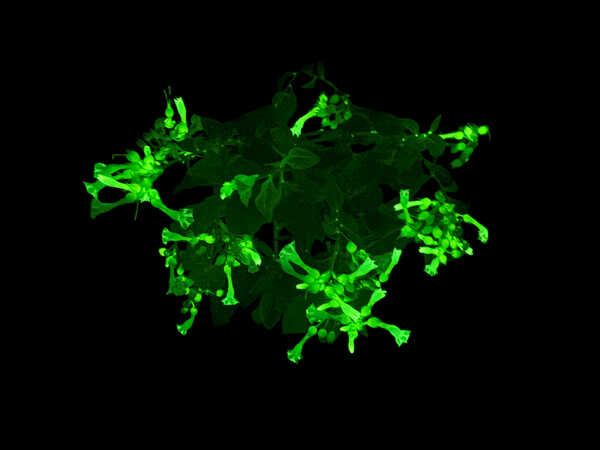
As part of the "Keihanna Expo 2025" held in the Science City, the event will run until June 15. Under the themes of "health," "food" and "environment," booth exhibits will introduce the latest medical technology, the forefront of food such as "healthy craft beer," and efforts to combat global warming. Many lectures will be held during the event featuring speakers from national research institutes, universities, and private companies, explaining the latest knowledge and information related to the three themes.
With the aim of realizing well-being not only from the perspective of science and technology but also culture, works from the "Support for Overcoming Incurable Diseases: MBT Film Festival for Protecting Life Together" will be screened on June 14. On June 15, former head of the Urasenke tea ceremony school, Sen Genshitsu, will give a lecture titled "Advancing with Well-Being."
Admission is free (some areas require a fee or reservation). You can enter on the day if there are spaces available.
[We want to light up the town without electricity]
When you enter the dark Japanese-style exhibition booth, the green light emitted from tobacco flowers emerges.
The "glowing trees" are being jointly developed by Osaka University and the Nara Institute of Science and Technology. Genes from naturally occurring luminous mushrooms are incorporated into the plants, and they are expected to become the "lighting of the future" that does not require electricity.
One of the developers, Professor Kenji Nagai (biophysics) of Osaka University, emphasizes that "it is important to realize a society that does not use electricity" in order to achieve "carbon neutrality," which means virtually zero carbon dioxide (CO2) emissions. This is because the mainstream solar panels and electric cars have issues with deforestation associated with their development and CO2 emissions during power generation.
So far, they have succeeded in making plants such as liverwort, shepherd's purse, and poplar glow. To protect the natural ecosystem from genetic modification, the glowing trees are prevented from producing seeds or pollen. They envision future uses for indoor interior decor and street lighting, with the aim of putting it to use in society by 2050. The light was also exhibited at the Osaka, Kansai Expo in April this year.
Professor Nagai said, "We will make the light even stronger so that it is bright enough to read a book. As the first technology that does not use electricity, we want to illuminate towns and homes."

